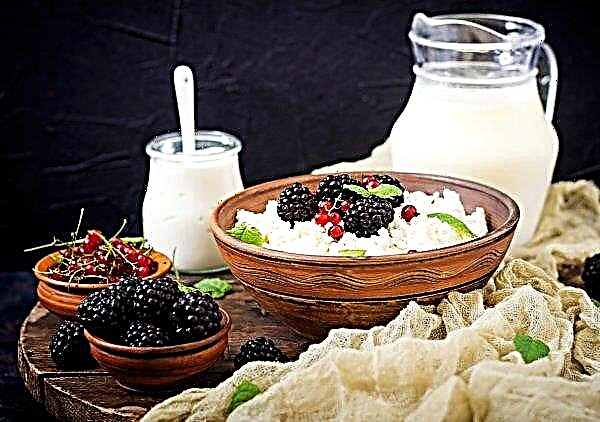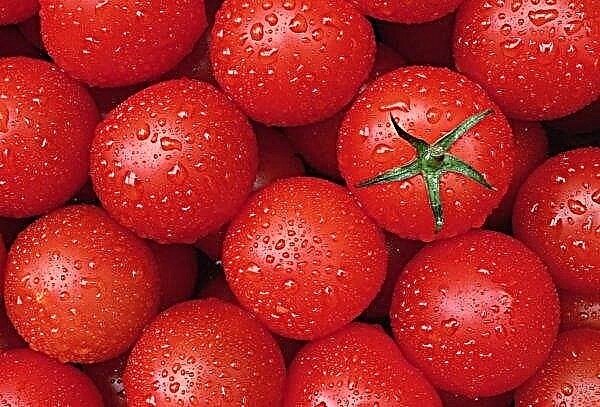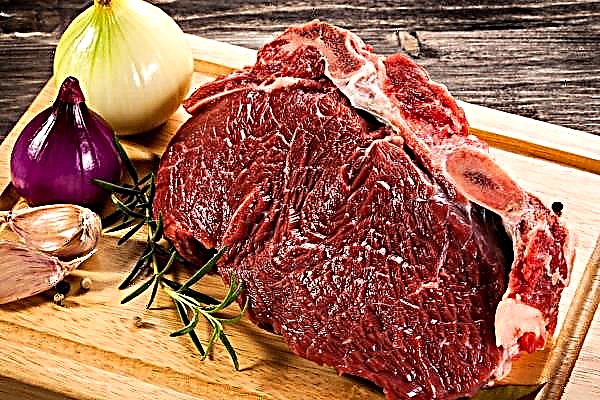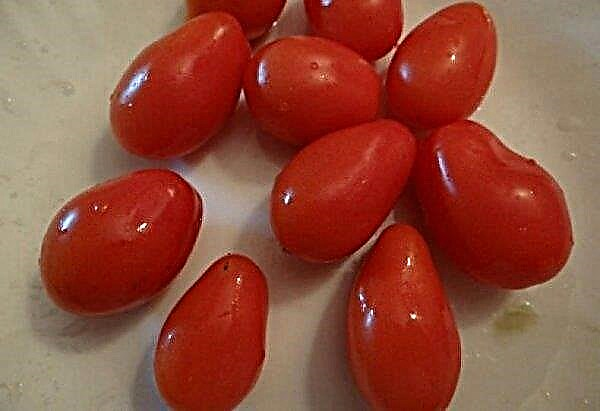Celery (Apium graveolens) is a biennial or perennial herbaceous plant of the Umbrella family. Its health benefits are due to a large set of enzymes and antioxidants in the composition. In the article you will find information about the beneficial properties of this vegetable crop and its use for medicinal purposes.
Useful properties of celery
The nutritional value and health benefits of eating celery are well understood. It has been used in cooking and alternative medicine for centuries. Its regular use can protect the cardiovascular system. In addition, the anti-inflammatory and antioxidant properties make it an ideal dish for patients with high cholesterol and blood pressure, as well as heart diseases.
The vegetable is also good for the skin, liver, eyes, and cognitive health. Every part of the plant, including stems, seeds and leaves, is edible and rich in nutrients. The vegetable is saturated with vitamin B6, calcium, vitamin C, potassium, vitamin A, folates, vitamin K, fiber and protein.
Important! Celery is taken orally before bedtime. This contributes to relaxation and healthy rest, during which bacteria in the urinary tract are destroyed, intestinal activity is regulated, and urine outflow increases.
The beneficial effect of celery on the body is:
- in the treatment of chronic diseases, including heart disease, cancer or arthritis, as well as those resulting from inflammatory processes;
- in the operational reduction of cholesterol;
- in reducing high blood pressure due to antihypertensive properties;
- in cleansing the liver and preventing its diseases;
- in accelerating lipid metabolism;
- in the treatment of bacterial infections, increased immunity and inhibition of bacterial growth;
- in improving the digestive system;
- in preventing the formation of ulcers in the mucous membrane of the digestive tract.

Is it possible to eat celery with pancreatitis and cholecystitis
Pancreatitis is a rather debilitating disease that can lead to intense pain and chronic malnutrition. Among the causes of pancreatitis are stones in the liver, alcoholism and others. To cope with pain and relieve the pancreatic inflammatory process, painkillers and a diet low in fat and salt are needed.
Important! If the disease is in the acute stage, then taking any products other than those permitted by the doctor is prohibited.
Consuming antioxidant-rich vegetables is very beneficial for restoring pancreatic function. In the standard list, all cruciferous plants are usually noted: white cabbage, broccoli, cauliflower, Peking cabbage, watercress. Also, herbs that can relieve inflammation are not superfluous, among them - ginger, celery, cilantro, parsley, milk thistle, cinnamon, cardamom, dandelion. The consumption rate of such vegetables or herbs is about 100 g per day.
In the acute stage of pancreatitis
In acute pancreatitis, the following recommendations should be followed:
- Consume fluid: diluted bone broth, herbal tea, antioxidant extract.
- Be sure to exclude solid foods, sugar, protein, fatty foods for 3 days. Such products increase the load on the pancreas and exacerbate the condition.
- Herbs consumed in the form of tea or dilute their juice with water. This reduces inflammation. To obtain juices, use ginger, dandelion, cucumber, celery and cabbage.
Chronic pancreatitis and remission
Food has a significant effect on the state of the body. This is especially important when the organ that produces the digestive enzymes becomes inflamed. To help him recover, they carefully select a diet. For patients who have a mild or chronic illness, it is enough to follow the diet rules and the regimen prescribed by the doctor.
Did you know? Applying a gel containing 5 to 25% celery extract to your skin can repel mosquitoes for up to 4.5 hours.
In the chronic stage of the disease, it is allowed to consume:
- vegetables;
- fruits;
- whole grains;
- beans, lentils;
- low-fat dairy products.
 You can eat foods rich in antioxidants, such as dark leafy vegetables, red berries, blueberries, sweet potato, grapes, carrots, walnuts and pomegranates. Herbal teas and juice continue to be consumed in the same manner.
You can eat foods rich in antioxidants, such as dark leafy vegetables, red berries, blueberries, sweet potato, grapes, carrots, walnuts and pomegranates. Herbal teas and juice continue to be consumed in the same manner.With cholecystitis
Cholecystitis is an inflammation of the gallbladder. The disease can be aggravated by certain foods: fatty dairy products, fatty meats and fried foods. Accompanied by pain and discomfort after eating. Determine the usefulness of the product in the diet of a patient with cholecystitis is based on the amount of fiber that it contains.
It should be very few on the menu, so nutritionists advise to consume beans, cabbage, cauliflower, broccoli and whole grain products that contain fiber in small amounts. Celery is not named in the list of these products, but it is not prohibited. Accordingly, it can be consumed without exceeding the norm of 100 g for anti-inflammatory vegetables.
How to choose celery
To buy a fresh vegetable, choose solid, dense stems. Leaves should not be wilted. Their color is bright, green, not pale. Seeds are usually best bought whole. They are quite small and are used in cooking without grinding. To buy a root, choose the smoothest with the least number of convex ledges. This will reduce the amount of waste when cleaning. The root should be heavy, solid, not spongy.
To buy a root, choose the smoothest with the least number of convex ledges. This will reduce the amount of waste when cleaning. The root should be heavy, solid, not spongy.
When celery is contraindicated
Celery oil and seeds are generally safe when taken orally. It is also safe to apply oil to the skin.
- However, it is not worth using them in the following cases:
- an allergic reaction to celery;
- hypersensitivity to sunshine;
- during pregnancy, so as not to provoke an allergy, even if you have never had one. Also, this vegetable can provoke uterine contractions and miscarriage;
- with bleeding disorders, so as not to increase the risk of bleeding;
- kidney disease - it activates inflammation;
- low blood pressure - celery will additionally lower it;
- with the upcoming surgery - celery can react with drugs for anesthesia and slow down the nervous system.
Confirmed information about whether it is allowed to eat vegetables during breastfeeding is not enough. In this regard, limit its use to no more than 100 g per day.
Important! Celery Allergy — this is not only a reaction to this root crop, but also similar in composition: wild carrots, wormwood, birch, caraway seeds, fennel or coriander seeds, parsley, anise, plantain and dandelion.
Useful recommendations for use
In order to preserve celery for several days for eating, consider the following recommendations:
- Remove any discolored leaves.
- Leave the stems attached to the root crop until they are ready for use.
- Some recommend packing unwashed celery in polyethylene and washing it before use. Others insist on the need for washing. This suggests that you can painlessly use both methods.
- Celery can be stored in a vegetable container in the refrigerator for 7-14 days, depending on the method used.
- Be sure to store it at the bottom of the refrigerator, away from excessive cold. Otherwise, it will freeze and become limp.
- Before use, cut off the tip, rinse and cut into several pieces. The roots can be stored in polyethylene for up to 10 days.
- Store seeds in a sealed glass jar. Make sure the cover fits snugly. Do not forget to consider the shelf life of the spices.
 Celery has a mild, watery taste that goes well with most vegetables and dishes. It can be a complement to soup, sauce or salads. Best vegetable in harmony with oriental sauces, as it comes from oriental cuisine.
Celery has a mild, watery taste that goes well with most vegetables and dishes. It can be a complement to soup, sauce or salads. Best vegetable in harmony with oriental sauces, as it comes from oriental cuisine.Did you know? Cracking with a break in celery leaves occurs due to its rigid cell walls that help keep the plant upright.
Ultimately, controlling your diet is the best way to treat your pancreas and gall bladder. Therefore, no matter what stage the disease is in, be sure to minimize the burden on these organs.












